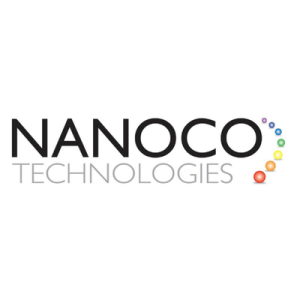In the world of science, there exists a realm so tiny, yet so powerful, known as “Quantum dots.” It challenges our conventional understanding of materials and light. These minuscule structures exhibit properties distinct from those observed in the macroscopic world. But what exactly are quantum dots, and why are they sparking such excitement in the patent world?
Introduction:
Quantum dots are essentially nanoscale semiconductor particles, typically ranging from 2 to 10 nanometers in diameter. To put this into perspective, a single nanometer is about one-billionth of a meter, making quantum dots nearly invisible to the naked eye.
What makes quantum dots truly remarkable is their ability to manipulate light at the quantum level. Due to their small size, quantum dots exhibit unique optical and electronic properties that are not found in larger materials. When stimulated by an external energy source, such as light or electricity, quantum dots emit light of precise wavelengths, depending on their size. This phenomenon is known as quantum confinement.
Nanoco Group PLC (LON:NANO) leads the world in the research, development and large-scale manufacture of heavy metal-free nanomaterials for use in displays, lighting, vertical farming, solar energy and bio-imaging.


